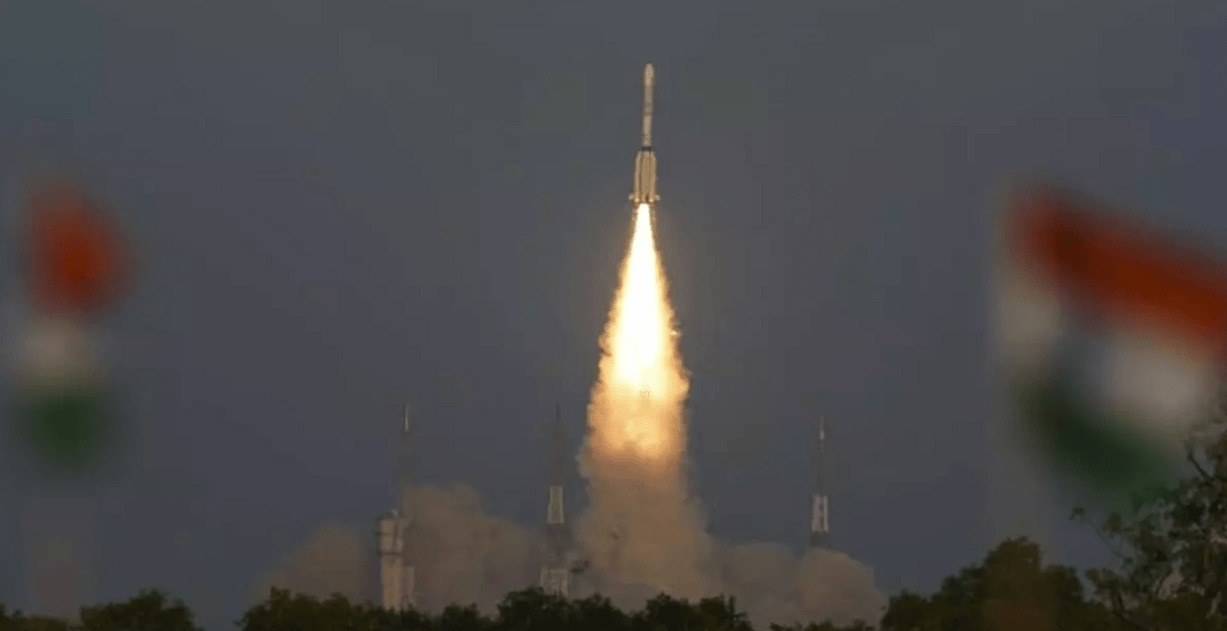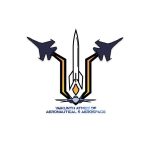ISRO Achieves Yet Another Milestone with Successful INSAT-3DS Launch

The Defence Research and Development Organisation (DRDO) successfully conducted four flight trials of the High-speed Expendable Aerial Target (HEAT) ‘ABHYAS’ at the Integrated Test Range in Chandipur, Odisha. These trials, which took place from January 30 to February 2, validated various parameters including endurance, speed, manoeuvrability, altitude, and range. Compared to imported equivalents, ‘ABHYAS’ is cost-effective and requires minimal logistics.
The Aeronautical Development Establishment (ADE) of DRDO designed the flights to provide a realistic threat scenario for practicing weapon systems. The autopilot, developed indigenously by ADE, enables autonomous flying. The trials utilized a single booster designed by the Advanced Systems Laboratory in Hyderabad, which provided reduced launch acceleration. The objectives, such as safe booster release, launcher clearance, and achieving the required end-of-launch velocity, were successfully accomplished.
‘ABHYAS’ is equipped with a radar cross-section, visual and Infrared augmentation system, and a laptop-based Ground Control System. This system facilitates aircraft integration, pre-flight checks, data recording during the flight, replay after the flight, and post-flight analysis. The manufacturing units of Hindustan Aeronautics Limited (HAL) and Larsen & Toubro (L&T) Defence were involved in the realization of the recently tested systems.
With its export potential for friendly countries, ‘ABHYAS’ is now ready for production.
The main goals of the mission are to monitor the Earth’s surface, conduct oceanic observations, and study the environment using different spectral channels that are important for meteorology. Additionally, it aims to provide valuable data on various meteorological parameters of the atmosphere, collect and disseminate data from Data Collection Platforms, and offer satellite-aided search and rescue services. The INSAT-3DS Satellite is a continuation of the Third Generation Meteorological Satellite and operates from a geostationary orbit. It is specifically designed to enhance meteorological observations, monitor land and ocean surfaces for weather forecasting, and issue disaster warnings. This satellite will work in conjunction with the already operational INSAT-3D and INSAT-3DR satellites, thereby strengthening meteorological services. The Indian Industries have played a significant role in the development of this satellite. Various departments of the Ministry of Earth Sciences, including the India Meteorology Department, National Centre for Medium-Range Weather Forecasting, Indian Institute of Tropical Meteorology, National Institute of Ocean Technology, Indian National Center for Ocean Information Services, and other agencies and institutes, will utilize the data from the INSAT-3DS Satellite to provide improved weather forecasts and meteorological services. The GSLV, a three-stage launch vehicle measuring 51.7 meters in length and weighing 420 tonnes at liftoff, will be used for this mission. The first stage (GS1) consists of a solid propellant motor with 139 tonnes of propellant, along with four earth-storable propellant stages (L40) strapons, each carrying 40 tonnes of liquid propellant. The second stage (GS2) is also an earth-storable propellant stage with 40 tonnes of propellant. The third stage (GS3) is a cryogenic stage with a propellant loading of 15 tonnes of liquid oxygen (LOX) and liquid hydrogen (LH2). The GSLV is capable of launching various types of spacecraft for communication, navigation, earth resource surveys, and other specific missions.


